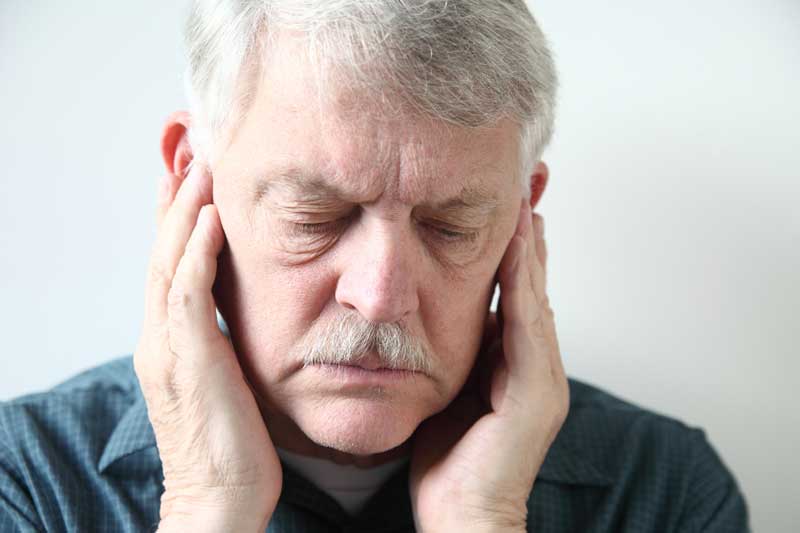Temporomandibular Disorder or TMD is a jaw disorder that occurs because of problems with the jaw joint and the facial muscles that control actions like talking, chewing, and yawing, and other jaw functions. Most of the time, TMD is confused with TMJ or Temporomandibular Joint; however, both are different.
Temporomandibular Joint:
Temporomandibular Joint and Temporomandibular Disorder are two very different things. TMJ is the joint between the lower jaws and our skull. The human bone structure has two Temporomandibular Joints on either side of the face; they are located right in front of our ears. These two joints are very flexible and are responsible for the movement of our lower jaw.
The Causes OF TMD:
According to the most experienced dentists, the cause of this disorder is not clear. However, most of the dentists believe that the disorder arises with the problems in jaw muscles and their function. Sometimes the problem might be with the jaw itself. Still, the doctors are trying to find the actual reason behind this disorder.
According to the research done on the patients with TMD, that most of the patients have had some injury to the jaw or the jaw joint. Some dentists also believe that the injury to the head, neck, or the muscles surrounding these areas is also responsible for this disorder.
Some of the other possible causes of TMD include:
- Frequently clenching or grinding of the teeth, putting a lot of pressure on the TMJ.
- Rheumatoid arthritis or osteoarthritis in the TMJ.
- The dislocation of the disc between socket and ball, or the dislocation of the soft cushion of our jaws.
- Stressing the jaw and facial muscles can also trigger TMD.
The Symptoms of TMD:
The patients who have TMD encounter severe discomfort and pain. The pain can last for years, or it can be very brief. It has been recorded that men are more prone to get TMD then women. The people between the ages of 20 and 40 are more vulnerable to this disorder.
Here is the list of common symptoms of TMD:
- The areas around the jaw, neck, jaw joint, shoulder, or sometimes the whole face feels tender.
- The patient with TMD feels a lot of pain in the area surrounding the ear when he talks, chews, or opens the mouth.
- The patient is not able to open the mouth wide.
- The jaw gets lock or stuck in either a close or open position.
- The face always feels tired.
- Hearing and feeling popping, clicking, and gyrating sounds when chewing, closing, or opening the mouth.
- Swelling in the face.
Sometimes the patient might also feel headaches, toothaches, dizziness, neck aches, earaches, shoulder pain, ringing in the ear, and have hearing problems.
The Diagnosis:
The diagnosis of TMD is often difficult because its symptoms are similar to other diseases like sinus problems, toothaches, gum diseases, and arthritis. It is actually upon your dentist to find the problem out and help you at the right time. Your dentists will have to thoroughly read your medical history and examine your jawline and your jaw joint.

